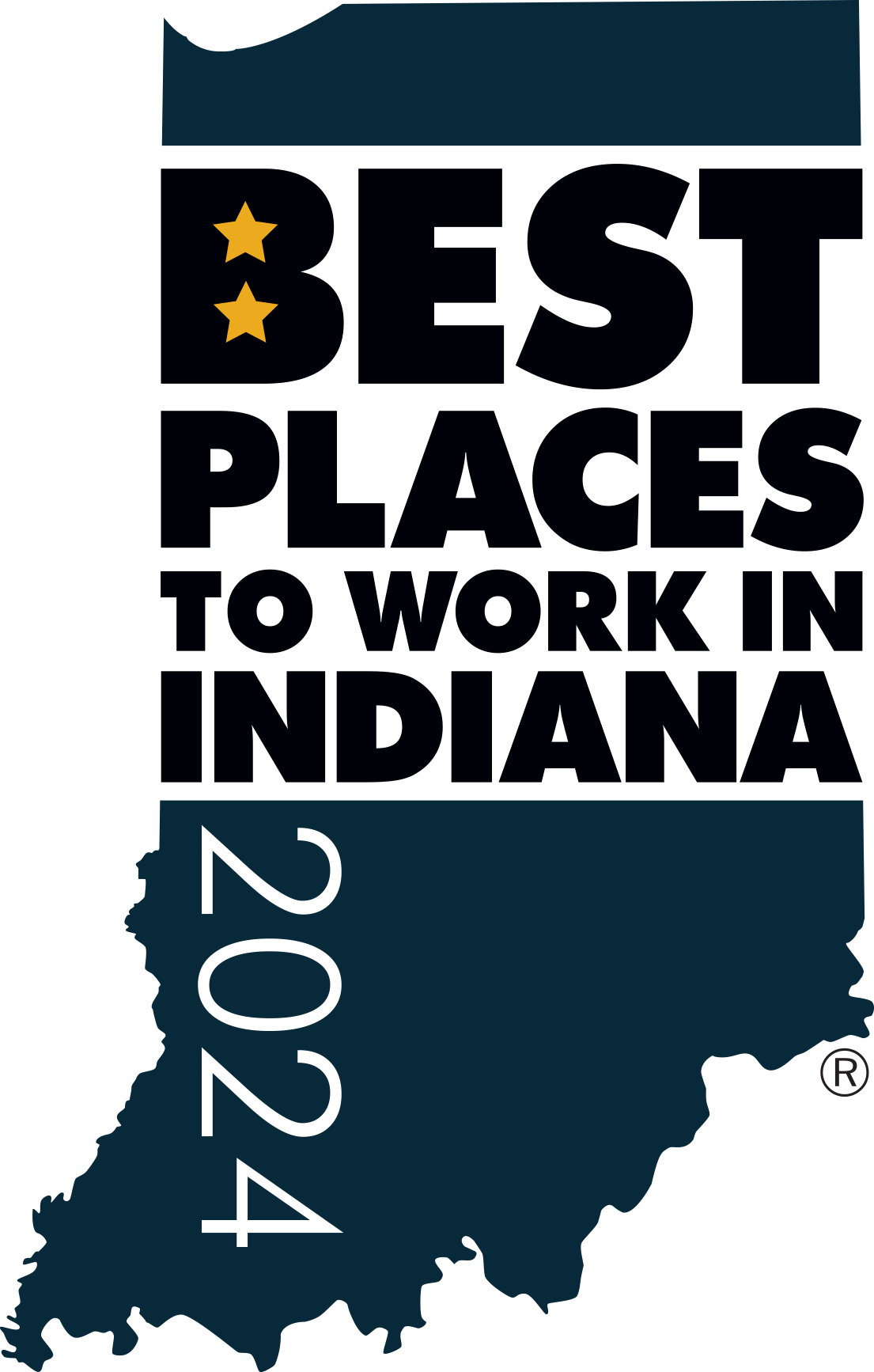The Hidden Costs of Employee Turnover: A Reality Check for Business Leaders
The impact of employee turnover is often glossed over, treated as an inevitable cost of doing business. But here’s the harsh reality: the true cost of employee turnover runs deeper and is far more damaging than most leaders acknowledge. It’s not just about filling a vacant position; it’s about the ripple effect of lost knowledge, disrupted teams, and the erosion of company culture.
The Underestimated Impact of Turnover
The Financial Burden
On the surface, turnover seems like a straightforward expense – the cost of recruiting, hiring, and training a new employee. However, this is just the tip of the iceberg. The real costs are hidden and significantly higher. Studies show that replacing an employee can cost up to two times the employee’s annual salary when considering the indirect costs, including lost productivity and the time it takes for a new hire to become fully productive.
Loss of Institutional Knowledge
When an employee leaves, they take with them invaluable knowledge and experience. This loss is particularly acute in specialized roles where expertise is not easily replaced. The departing knowledge can lead to gaps in operations, client relationships, and project continuity, affecting the organization’s overall performance.
The Ripple Effect on Teams and Morale
If you’ve ever been a part of a team that lost a key leader, you’ve witnessed the impact it can make on the culture of your team.
High turnover rates can create a domino effect within teams. The departure of colleagues not only increases workloads for remaining employees but can also lead to a decline in morale. The continuous cycle of training new team members can drain energy and focus from core objectives, stifling innovation and creativity.
The Hidden Cost of Hiring
Quality vs. Quantity
The urgency to fill vacancies often leads businesses to prioritize speed over quality in hiring. This approach can result in a poor fit, further exacerbating turnover. A rushed hiring process overlooks the crucial aspect of aligning a candidate’s values and goals with the company’s culture and long-term objectives.
Training and Ramp-Up Time
New hires require time to acclimate and reach full productivity, a period during which overall team output can be significantly lower. This ramp-up period is a hidden cost that is often overlooked but can impact project timelines and client satisfaction.
Investing in Strategic Hiring
It’s crucial to hire strategically, focusing not only on skills and experience but also on how well a candidate fits the organizational culture. A strategic approach to hiring can lead to higher retention rates, saving the company considerable resources in the long run. Using professionals to help you make the right hiring choices further increases your chances of success.
The hidden costs of employee turnover are a wake-up call for business leaders. It’s a complex issue that demands a strategic and thoughtful approach, not just to hiring but to the entire employee lifecycle.
Investing in retention, cultivating a positive work culture, and hiring strategically are key to minimizing these costs. By addressing turnover head-on, leaders can protect their most valuable asset – their people – and, by extension, safeguard the health and success of their organization.

